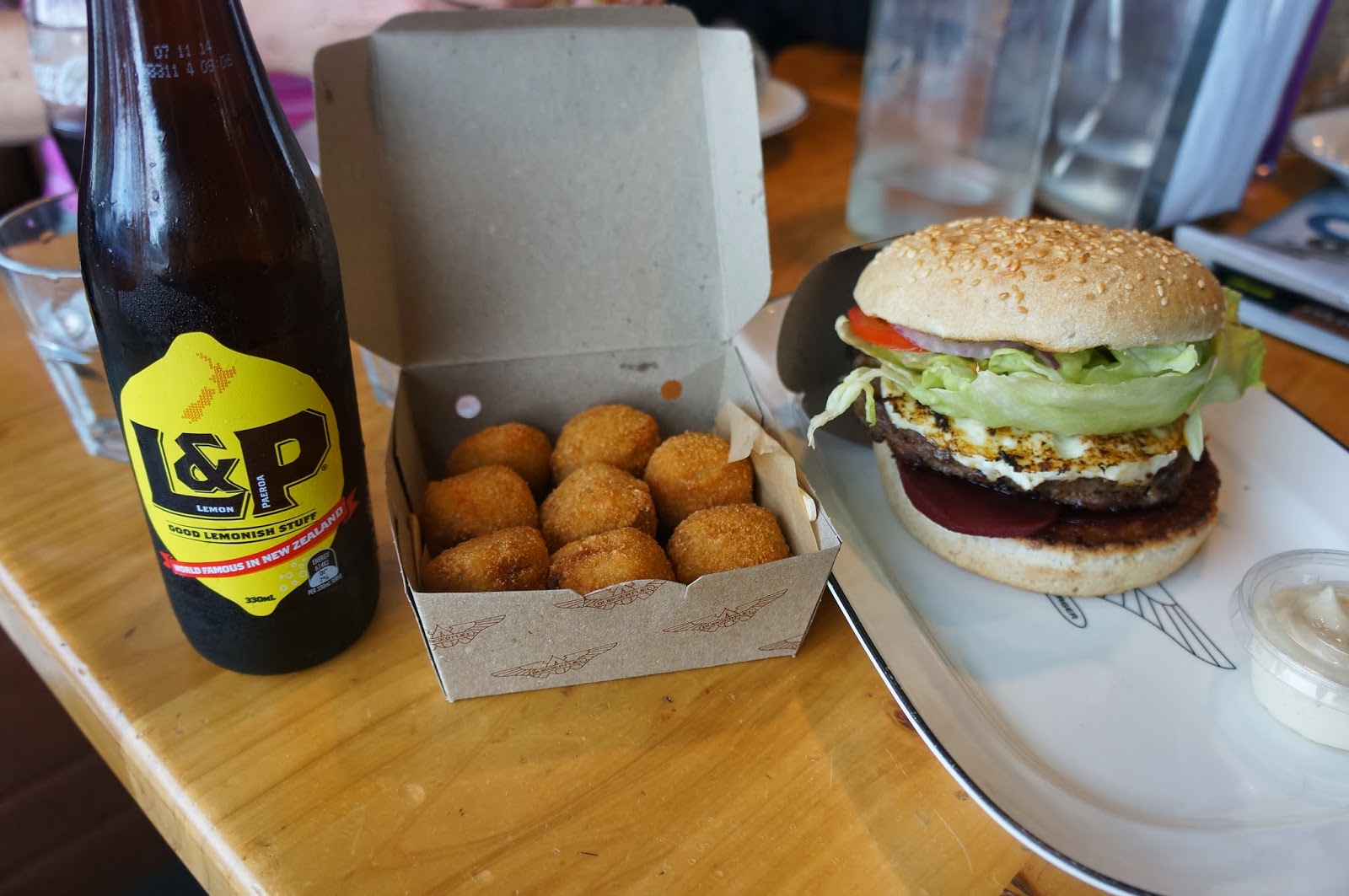This past weekend we took our first road trip out of the
greater Auckland metropolitan area to explore some more of “Middle
Earth”. We visited the central region of
the North Island, which is well known for it’s beautiful lakes, geothermal
features, and rich Maori culture and history.
The main hub of activity is in Rotorua, affectionately known by the
locals as Roto-Vegas. One of the
highlights of our long weekend was definitely the tour of the Hobbiton movie set.
Peter Jackson built Hobbiton for the Lord of the Rings
trilogy on a sheep farm near Matamata (about two hours south of Auckland). The original agreement was that he would
build a temporary movie set and then tear everything down and return the farm
to its original state once filming was complete. As it turns out, people began to flock (pun
intended) to the farm from all over the world to see Bag End, the Green Dragon,
and the rest of Shire. So when Jackson
needed to reconstruct Hobbiton for the Hobbit trilogy, he agreed to build it
out of permanent materials and leave it intact for tours after filming was
complete. Visitors are now treated to a
two-hour guided tour of the set as well as a free drink at the Green Dragon at
the completion of the tour.
In all there are 44 hobbit holes scattered throughout the
set. Some are “human” scale (tiny) and
others are “hobbit” scale (normal size) so that the filmmakers could produce
the appropriate visual effects. Each has
it’s own specific character and backstory and they are all very detailed.
The tour guide told us many stories about Peter Jackson’s
attention to detail during filmmaking.
Even though the set was built on a working sheep farm, he thought the
resident sheep were too “modern” looking.
The Humane Society of NZ wouldn’t allow him to spray paint the sheep
black, so he flew an entire flock of black sheep in from England at great
expense.
Jackson also felt very strongly about having an oak tree
atop Bag End, as it’s described in the books.
There was a very large pine tree close by, but Jackson specifically
wanted an oak. His first plan was to
have workers strip every pine needle off of the pine tree and tie oak leaves back
onto it before filming, but that was taking too long, so they chopped down a nearby
oak tree and temporary “planted” it above Bag End for the LoTR filming. The interesting thing is that when they
decided to use the same location for The Hobbit movies, they needed to recreate
the tree (but make it look 60 years younger), so this time they constructed an
artificial tree out of steel and attached thousands of fabric oak leaves to it by
hand. Here’s a picture of the steel tree
– Luke even received one of the leaves as a souvenir!
At the end of the tour, visitors are treated to a free drink
at the Green Dragon, just at the bottom of the hill below Bag End. The inside of the inn has just as much
intricate detail as the rest of the set and has a working café that sells
drinks and snacks.
Ashlyn and I sampled
some of the local spirits while the kids tried ginger beer (a non-alcoholic
soft drink similar to root beer that’s popular in NZ). Even though we saw the whole set, I’m still hoping to come back on my eleventy-first birthday.
















